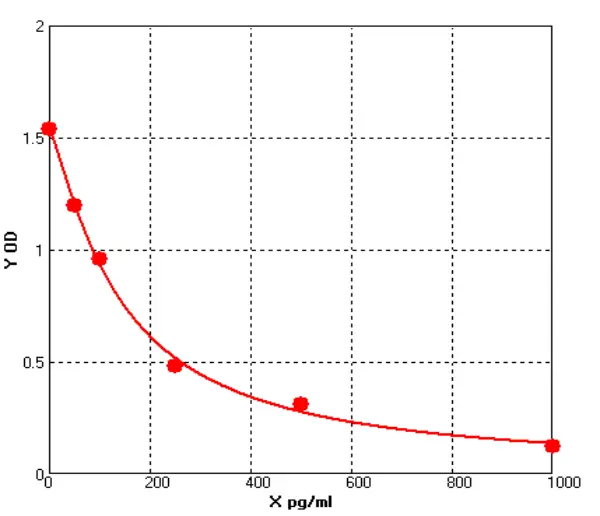Precise and Efficient Insulin Assay Kit
The Experimental Principle of the Insulin Assay Kit
The insulin assay kit uses a double antibody sandwich method. Anti-human INS antibodies are coated on the microplate. During the experiment, human INS in the sample or standard binds to the coated antibody. Then horseradish peroxidase-labeled antibodies are added, forming an antibody-antigen-enzyme-labeled antibody complex. After washing the plate, free components are washed away. Adding the chromogenic substrate (TMB) causes TMB to turn blue under the catalysis of horseradish peroxidase and turns yellow upon adding the stop solution. Using a microplate reader, measure the OD value at a wavelength of 450 nm. The human INS concentration is proportional to the OD450 value, and the concentration of human INS in the sample can be calculated by plotting a standard curve.
Materials Required for the Insulin Assay Kit
Precision pipettes for dispensing 25-100 microliters (with disposable tips).
Repeat or multichannel pipettes for dispensing 100 microliters.
Volumetric flasks and pipettes for reagent preparation.
Distilled or deionized water for reagent preparation.
Microplate washer or wash bottle.
Microplate shaker capable of 700-900 rpm.
Microplate reader with a 450 nm filter.
Vortex mixer for sample preparation.
Precautions for the Insulin Assay Kit
Avoid direct contact with skin.
This insulin assay kit is not for internal use.
Avoid eating, drinking, or smoking while using this product.
Do not pipette any reagents by mouth.
Reagents in this insulin assay kit are batch-specific and should not be replaced.
Do not use expired reagents.
It is not recommended to alter the test procedure, as this may affect the test results.
Bluegene Biotech's insulin assay kit uses enzyme-linked immunosorbent assay (ELISA) technology to quantitatively detect insulin in samples via the double antibody sandwich method. This insulin assay kit features high sensitivity and specificity, ease of operation, controlled quality, and strong compatibility. It is suitable for various sample types such as serum and plasma, helping researchers and healthcare professionals efficiently and accurately detect insulin levels, thus promoting research and clinical application of diabetes and related diseases.


